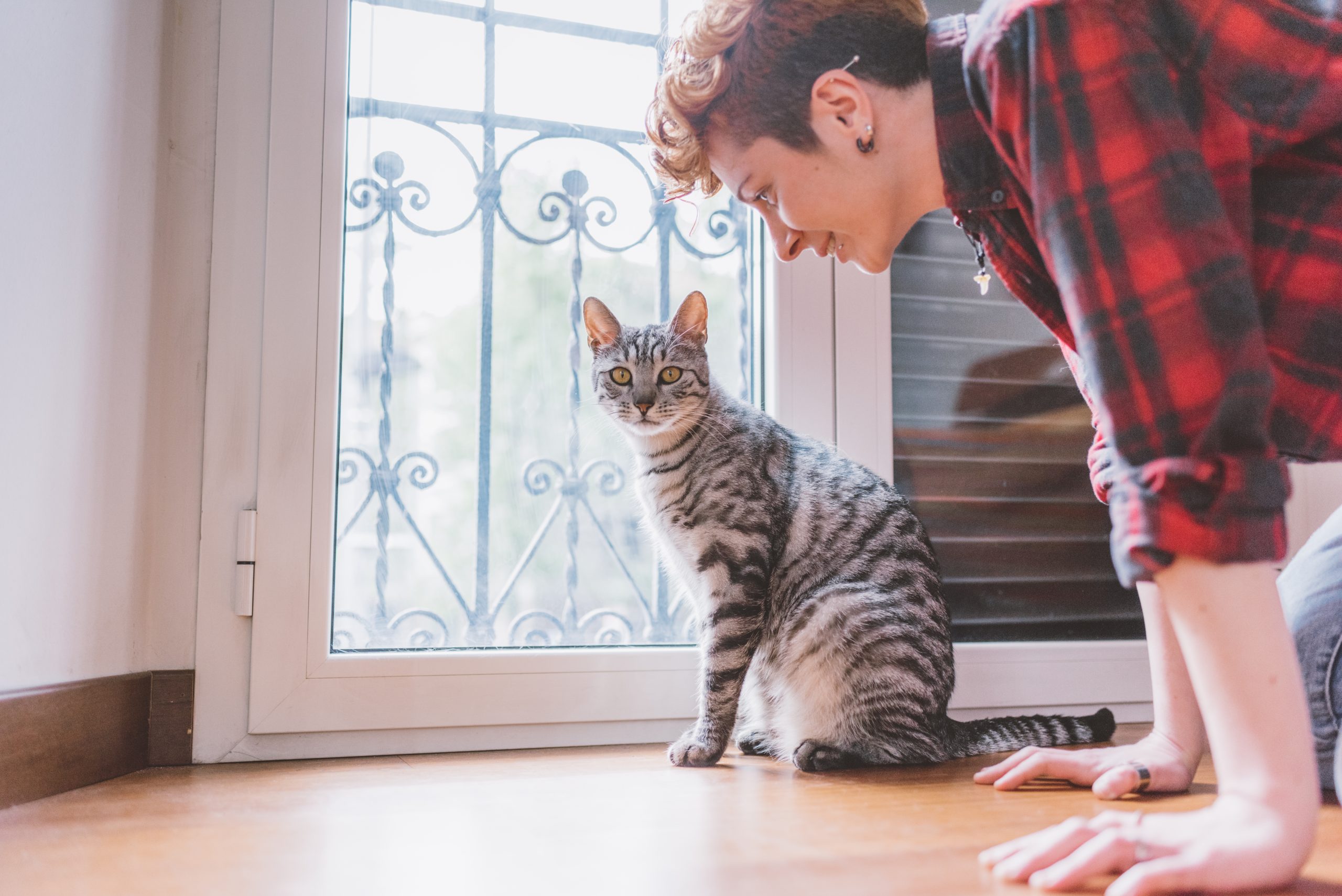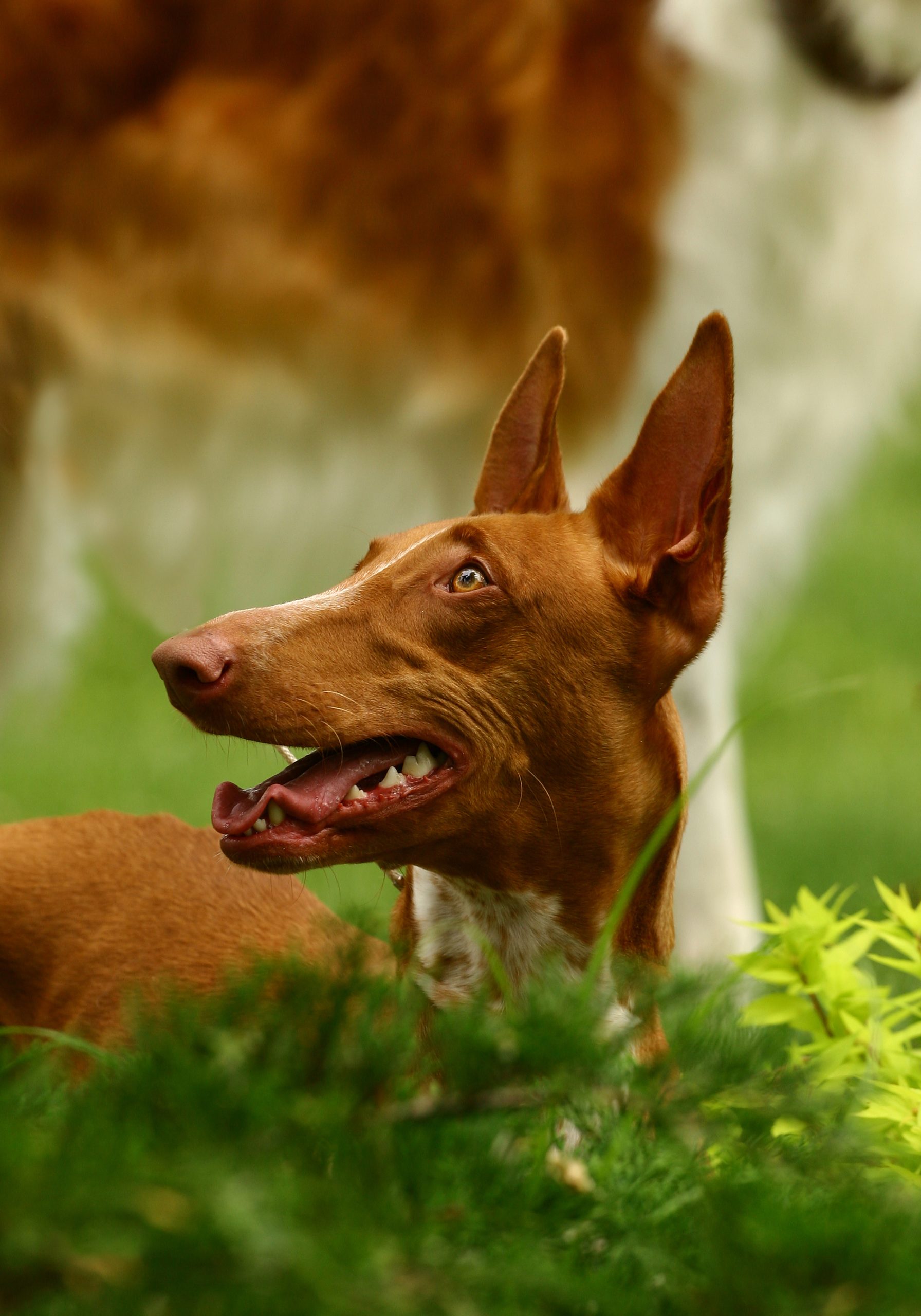Bringing a puppy into your home is an exhilarating experience filled with joy and discovery. However, the journey of training this new furry friend can be daunting if you’re not equipped with the right strategies. To set your puppy up for success, it’s essential to focus on a few key areas that will lay the groundwork for a happy, well-adjusted dog.

*Understanding Your Puppy: The Importance of Early Socialization**
Socialization is crucial during those early months when your puppy’s personality is still developing. Exposure to different environments, people, and other animals helps cultivate confidence and adaptability. Arrange playdates with friendly dogs or enroll in puppy kindergarten classes where they can learn appropriate behaviors while having fun. The more experiences they encounter now, the less fearful or aggressive they’ll be later in life.
*Essential Commands: Building a Foundation for Obedience**

Teaching vital commands like “sit,” “stay,” and “come” should be at the forefront of your training efforts. These basic commands not only promote good behavior but also enhance safety in various situations. Start with one command at a time; keep sessions short (about 5-10 minutes) to maintain their attention span. Each successful attempt deserves recognition—this leads us to our next point!
*Positive Reinforcement: The Power of Praise and Rewards**
Puppies thrive on positive reinforcement! Using treats or verbal praise when they perform desired behaviors creates a strong association between their actions and rewards. This method encourages them to repeat good behavior while building trust between you two. Remember, timing is everything; offer praise immediately after they follow your command so they can connect the dots effectively.
*Creating a Consistent Routine: Establishing Structure and Trust**
Consistency is key in puppy training. Establishing a routine helps your pup understand what’s expected of them throughout the day—when it’s time to eat, play, or go outside for potty breaks. A predictable schedule fosters security in puppies as they learn to anticipate their needs being met reliably. This predictability not only aids in house-training but also strengthens your bond through established trust.
*Common Challenges and How to Overcome Them**
Every dog owner faces challenges during training; whether it’s chewing furniture or excessive barking, patience is paramount! For instance, redirect chewing onto appropriate toys instead of scolding them harshly—it’s about guiding rather than punishing. When barking becomes an issue, identify triggers and work on desensitizing your pup gradually by exposing them gently without overwhelming them.
*The Role of Play: Making Training Fun and Engaging**
Finally, don’t forget that training doesn’t have to feel like work! Incorporating play into lessons makes learning enjoyable for both you and your pup. Use games like fetch or hide-and-seek as tools for reinforcing commands while having fun together! This approach not only keeps their interest piqued but also enriches their lives mentally and physically.
In summary, starting off on the right paw requires understanding your puppy’s needs through socialization, teaching essential commands with positive reinforcement, establishing routines that build trust, overcoming common obstacles patiently, and weaving play into every lesson learned along the way. With these strategies in hand, you’ll foster not just obedience but also a lifelong companionship filled with love!
Other Questions People Ask
What tips can help beginners succeed with *Understanding Your Puppy: The Importance of Early Socialization**?
Beginners benefit from starting with the basics of *Understanding Your Puppy: The Importance of Early Socialization** and focusing on core practices. Setting realistic goals and building skills gradually can boost confidence. Seeking out reputable tutorials or mentors accelerates progress and reduces frustration. Patience and consistency are key to mastering the essentials and moving on to more advanced techniques.
How does *Understanding Your Puppy: The Importance of Early Socialization** compare to alternatives?
Comparing *Understanding Your Puppy: The Importance of Early Socialization** to alternative options highlights its unique strengths and weaknesses. Evaluating factors like cost, performance and ease of use can clarify which option is best for you. Some alternatives may excel in specific areas, while *Understanding Your Puppy: The Importance of Early Socialization** offers advantages elsewhere. A balanced assessment will help you choose the solution that fits your priorities.
What are the key steps involved in *Understanding Your Puppy: The Importance of Early Socialization**?
Carrying out *Understanding Your Puppy: The Importance of Early Socialization** typically follows a sequence of critical steps that build on one another. Beginning with planning and preparation ensures that your resources are in place. Executing each stage carefully allows you to address challenges as they arise. Reviewing and refining the process afterwards helps improve future outcomes.